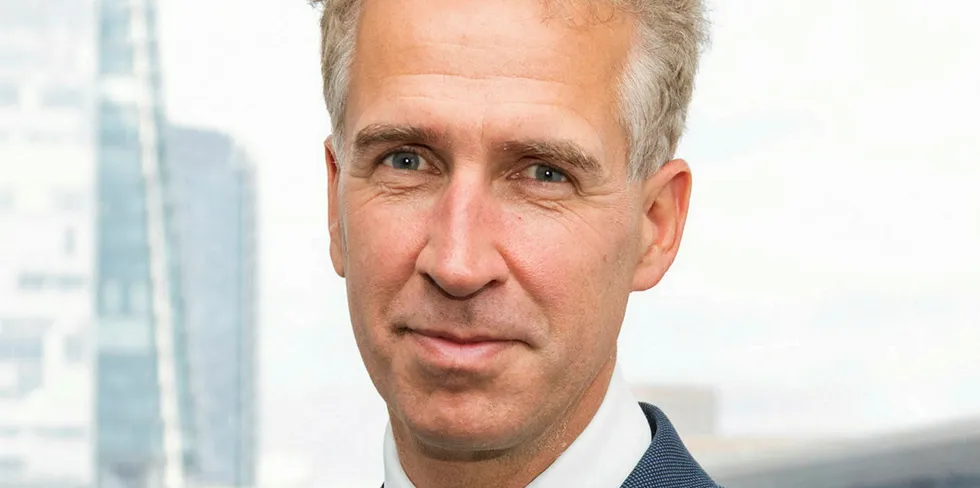'We must not bail out the dying fossil fuel system. Their day is over. Let us build anew'
The Covid-19 crisis can be the 'midwife' of the energy transition from fossil fuels to renewables, writes Kingsmill Bond

The Covid-19 crisis can be the 'midwife' of the energy transition from fossil fuels to renewables, writes Kingsmill Bond
